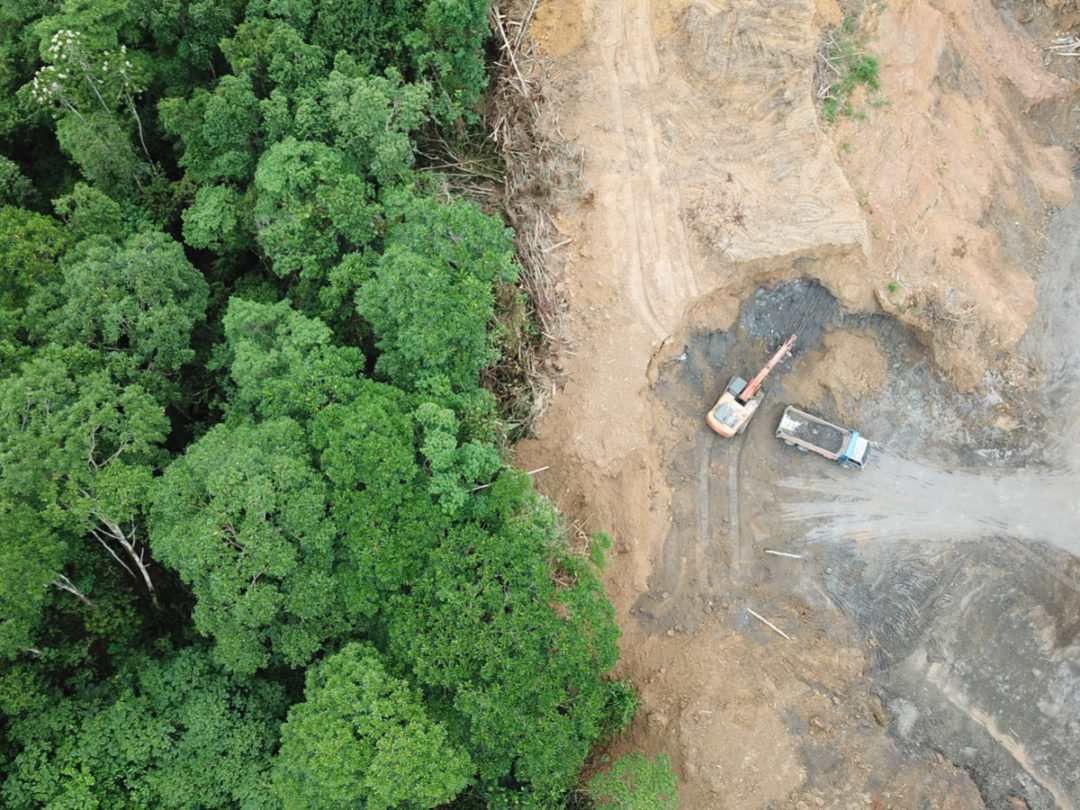
Visit Our Sponsors |
|
|
|
|
|
|
|
|
|
|
|
|
|
|
|
|
|
|
|
|
|
|
|
|
|
|
|
|
|
|
|
|
|
|
|
|
|
|
|
|
|
|
|
|
|
|
|
|
|
|
|

No one dies for fashion in greater numbers than, it turns out, the trees. More than 150 million are cleared every year, shipped around the world, then pulped and processed into viscose — aka rayon, the cheap, silk-ish fabric most mass-market brands can’t survive without.
For the growing number of apparel companies promising an ecologically sounder manufacturing process, this presents a problem. The viscose industry relies on wood from around the world, including from some areas that have been designated as ecologically sensitive. But by the time the pulp becomes rayon (typically, in China), it’s nearly impossible to know whether it originated in American tree farms or Indonesian old-growth forests. Unless someone’s paying attention.
Nonprofit groups such as WWF, Greenpeace and Rainforest Action Network have in-country expertise that has helped businesses align manufacturing practices with environmental commitments, but people are limited in the amount of ground they can cover and the number of hours in a day they can work. So several brands, including Hennes & Mauritz AB, Kering SA and Marks & Spencer Group Plc, spent the last year helping the Canadian nonprofit Canopy build a website that uses satellite imagery and conservation research to identify the forests that scientists say need to be left alone.Called Forest Mapper, the images can resolve to 30 square meters (320 square feet) in some areas. It shows 36 layers of data — 25 directly about forests — with others covering threatened species habitats and carbon locked away in trees and soil. The maps are based on work done by World Resources Institute and its real-time deforestation tracker, Global Forest Watch, Forest Stewardship Council, International Union for Conservation of Nature and WWF.
The viscose supply chain was largely opaque until the last few years, when companies started asking questions and Canopy began auditing pulp facilities and mills. On-the-ground research, complemented by the mapping tool, is just now giving consumer companies and non-governmental organizations enough information to either prune undesirable supplies from the business or challenge suppliers to reform their practices.
Almost 50 fashion, paper and publishing companies endorsed the tool as a way to improve their analysis of where supply chains wind through ecosystems that are rare, nearly destroyed by people or important for maintaining biodiversity. Kimberly-Clark Corp., for example, is planning to overlay its supply chain onto the Forest Mapper, according to Lisa Morden, vice president for safety and sustainability. “The data is very rich and has a lot of depth to it, so it gives us some more science-based approaches to how we think about our supply chain,” she said.
Canopy Executive Director Nicole Rycroft founded the organization to amplify the influence companies have over their suppliers. Funded by philanthropy and foundations, Canopy conducts supply-chain audits for companies to help them identify when they’re doing business in places they may not want to. More than 160 companies have pledged to eliminate materials from endangered forests; about 750 company “partners” have worked with the group on purchasing practices in nearly two decades. Fashion companies helped pay for third-party expenses incurred during the mapping project for data expertise and app-development — about $70,000.
RELATED CONTENT
RELATED VIDEOS
Timely, incisive articles delivered directly to your inbox.







